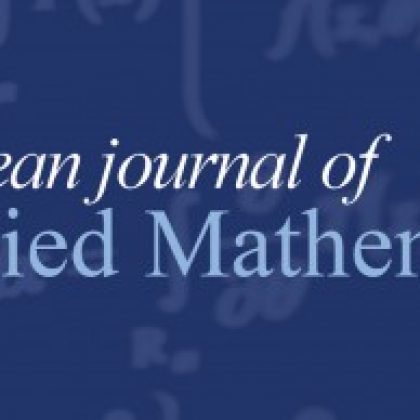Meet Professor Ole Sigmund, Associate Editor of Programmable Materials
Want to find about more about Programmable Materials? Here’s a Q&A with Professor Ole Sigmund who shares his experience working in the field and what you can expect from the new open access journal.
What first attracted you to the field of programmable materials?
I have actually been working on this topic throughout my career – just under other names. I have always been fascinated by the possibility to tailor material properties at will. Already under my Ph.D.-studies I founded the so-called inverse homogenization approach, i.e. identifying microstructures that achieve prescribed or extreme (programmable) properties.
What are you currently working on that you’d like to tell us about?
I am working on all kinds of programmable material design studies. One example is the mapping and design of microstructures that simultaneously achieve extreme stiffness and strength.
What do you think the journal Programmable Materials will bring to the field?
A meeting point for researchers with many different backgrounds but similar interests.
What are some of the challenges facing the field today?
Mass and batch manufacturing if intricately design microstructures.
In which areas of the programmable materials field do you expect to see growth in the next five to ten years?
Large scale realization of extreme and programmable microstructures.





